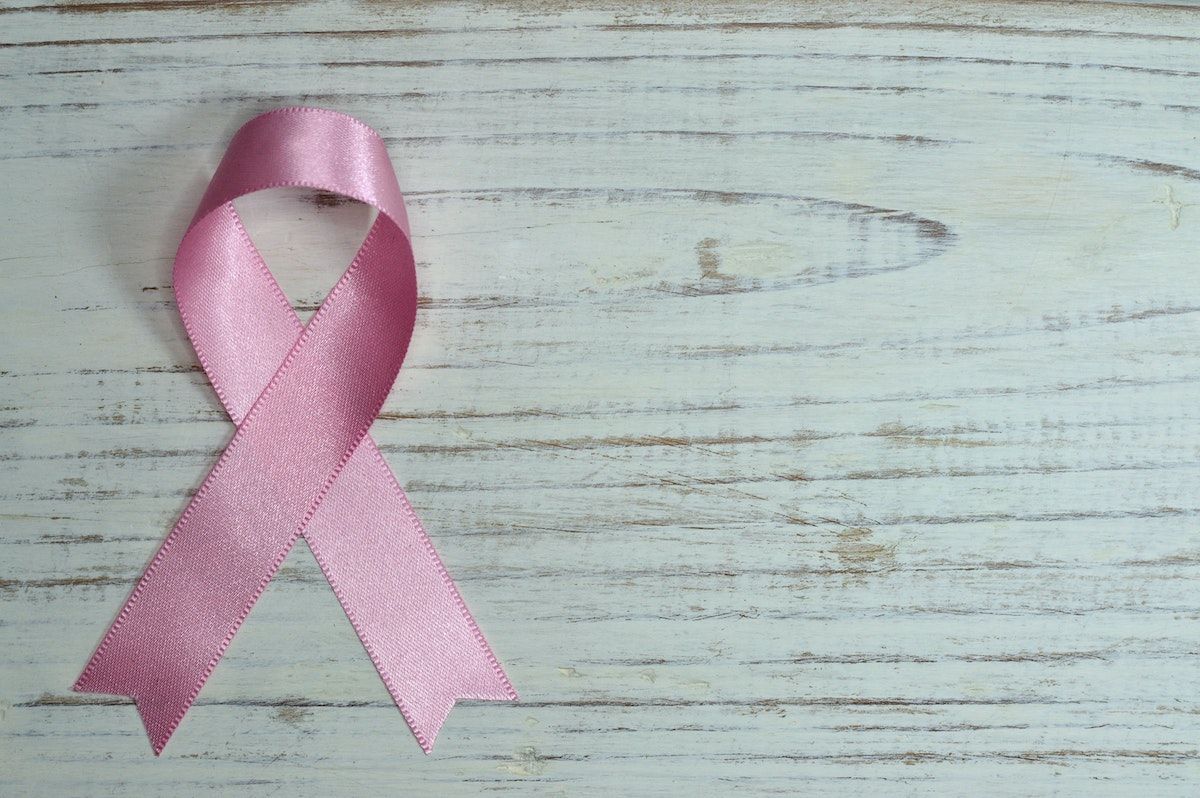0
Everything you need to know about skin cancer
Feb 14th, 2021 | by Simran Panjwani

Skin cancer has become a common disease in today's world. The main reason for this is that most people are unaware about skin cancer and its causes. This article will give you a detailed insight into the causes, symptoms, and ways to prevent skin cancer.
What is skin cancer?
Skin cancer refers to a condition in which there is an abnormal growth of skin cells.
Types of Skin Cancer
Skin cancer is of three types:
- Basal cell carcinoma
- Squamous cell carcinoma
- Melanoma
Apart from these, there are certain less common types of skin cancers known as Kaposi sarcoma, Merkel cell carcinoma and sebaceous gland carcinoma.
What are the symptoms of skin cancer?
Skin cancer occurs mostly on part of the skin which is more exposed to the sun. This includes the scalp, face, lips, ears, neck, chest, arms, legs, and hands. However, they might also develop on the parts that are not directly exposed to the sun such as palms, fingertips, toenails, and genital area.
It is to be noted that skin cancer can occur in people of all skin types.
Basal cell carcinoma
This is more prone to happen in parts of the skin directly revealed to the sun such as the neck, face, and arms.
Symptoms
This type of cancer primarily leads to
- Formation of white and waxy lump
- Brown-black scaly patch
- Bleeding or scabbing sore
Squamous cell carcinoma
This type of cancer mainly occurs in areas such as your face, arms and hands. Dark complexion people are more vulnerable to squamous cell carcinoma.
Symptoms
This type of cancer primarily leads to
- Small firm reddish nodule or bump.
- Flat sore with a thick scaly surface
- Harsh scaled patch on your lip
- Reddish and rough sore inside of your mouth.
Melanoma cancer symptoms
This type of cancer can develop in any part of the skin. It can also develop in an existing mole, making it cancerous. In the case of men, this type of cancer is more common on the face or the trunk. While in women, lower legs are prone to melanoma cancer. Thus, it can appear on any part of the skin that is not even exposed to the sun.
Melanoma skin cancer can occur in people of any skin tone. However, in the case of darker complexion, it is more prone to emerge on the palms, soles, fingernails, or toenails.
Symptoms
This type of cancer primarily leads to
- Large darkish brown spots
- A mole of changing size, colour, or bleeding
- A lesion with an irregular border in a red, pink, blue, or dark colour
- Painful blister with itching or burning sensation
- Blister or flat sore of dark colour on palms, fingernails, toes, inside the mouth, nose, vagina, or anus.
What are the causes of skin cancer?
Skin cancer is a condition in which there is an abnormal growth in the skin cells. This can occur because of the mutations in the DNA of the skin cells.
Ultraviolet rays in sunlight are the main cause of damage to DNA in the skin cells. However, skin cancer doesn't occur due to ordinary sunlight.
Some of the risk factors are:
- Fair skin - Fair skin has less pigment which gives lesser protection from UV rays.
- Exposure to certain substances - Certain substances such as arsenic might lead to an increase in the risk of skin cancer.
- Hereditary - If anyone from your family had skin cancer then you are at a higher risk.
- Sunny and warm weather - People living in higher temperatures are more prone due to higher radiation exposure.
- Moles - Excessive or abnormal moles can lead to skin cancer.
- Sunburns
- Excessive exposure to the sun
- Weakened immune system
- Personal history of skin cancer
How can you prevent skin cancer?
Given below are some of the precautions that you can take to avoid or reduce the risk of skin cancer
1. Protect yourself from long exposure to the sun.
Direct exposure to the sun is the main cause of skin cancer. Prefer to stay inside or in the shade during the daytime. Use a hat while going out. Wear clothes that cover your arms and legs. Apply sunscreen before going out. Use sunglasses to protect your eyes.
2. Avoid using tanning beds
According to scientific research, tanning beds can increase the risk of skin cancer. Also, using a tanning bed before the age of 30 can lead to an increase in risk by about 75 percent.
3. Increase use of Retin-A and Vitamin B-3
According to scientific research, retinol can help in preventing skin cancer. This is due to the creation of new skin cells. However, using retinol products can make your skin more delicate to sunlight.
A form of vitamin B3 known as Niacinamide can help in reducing the risk of skin cancer as it lessens inflammation, boosts protein production in the skin, and increases the moisture content in the skin.
4. Get skin cancer screening
Early detection of skin cancer can help you to get faster and successful treatment. Thus, even if you don't have skin problems you can still have regular skin screenings.
When should you consult a doctor?
The best prevention is to carefully observe your skin. And if you notice any abnormal change then directly consult a doctor.
If you notice :
- Any abnormal mole
- Reddish scaly patch
- Blister with bleeding or pain
- Sudden itchiness or pain
Wrap up
The risk of skin cancer can be avoided by reducing exposure to ultraviolet rays. Also, it is suggested to keep a regular check on your skin and if you notice any suspicious change then contact a doctor immediately. Early detection of skin cancer can help in getting successful treatment.
"Prevention is always better than cure".
0
Author